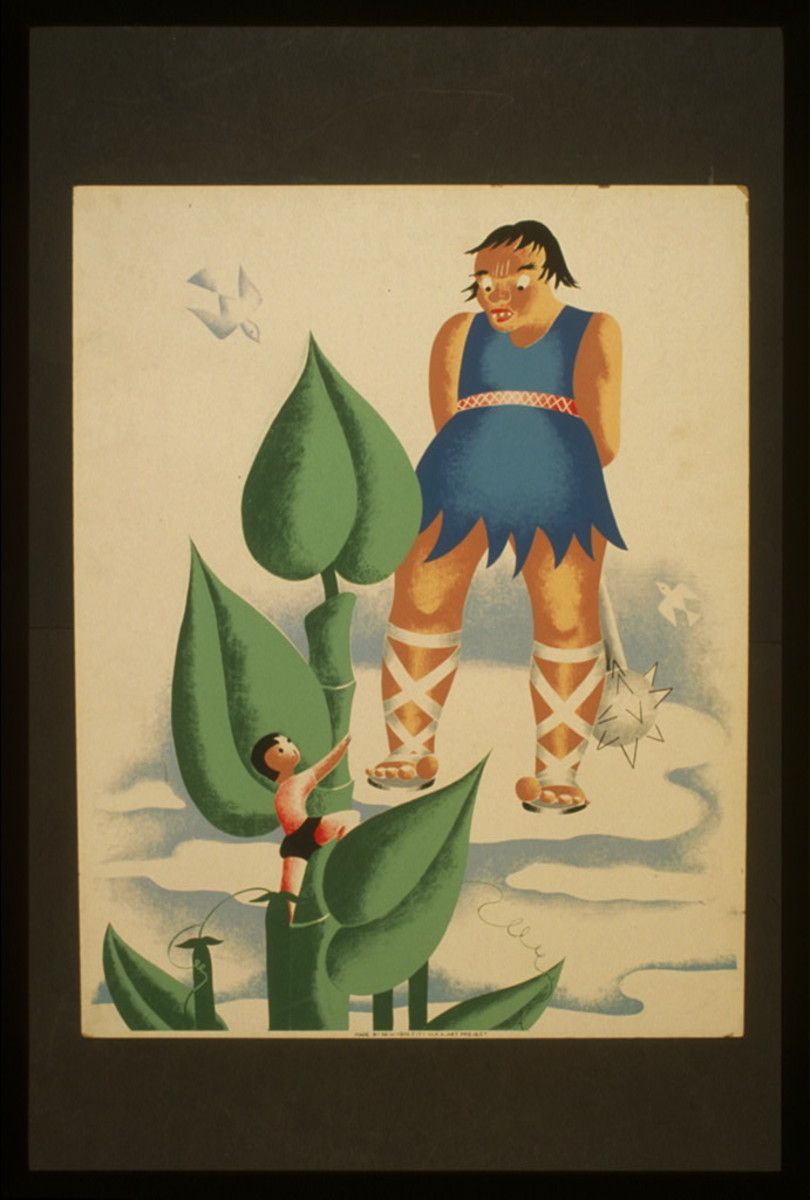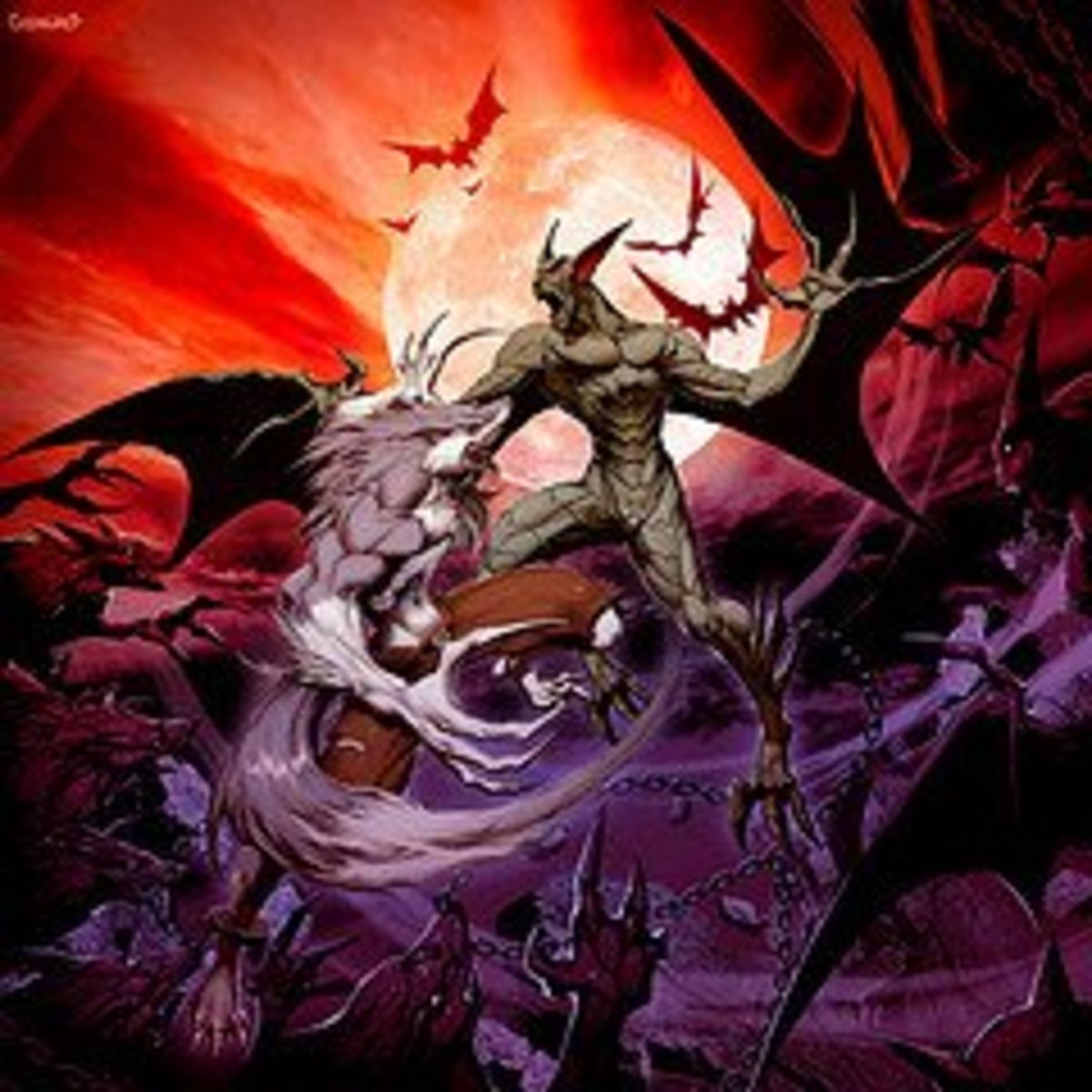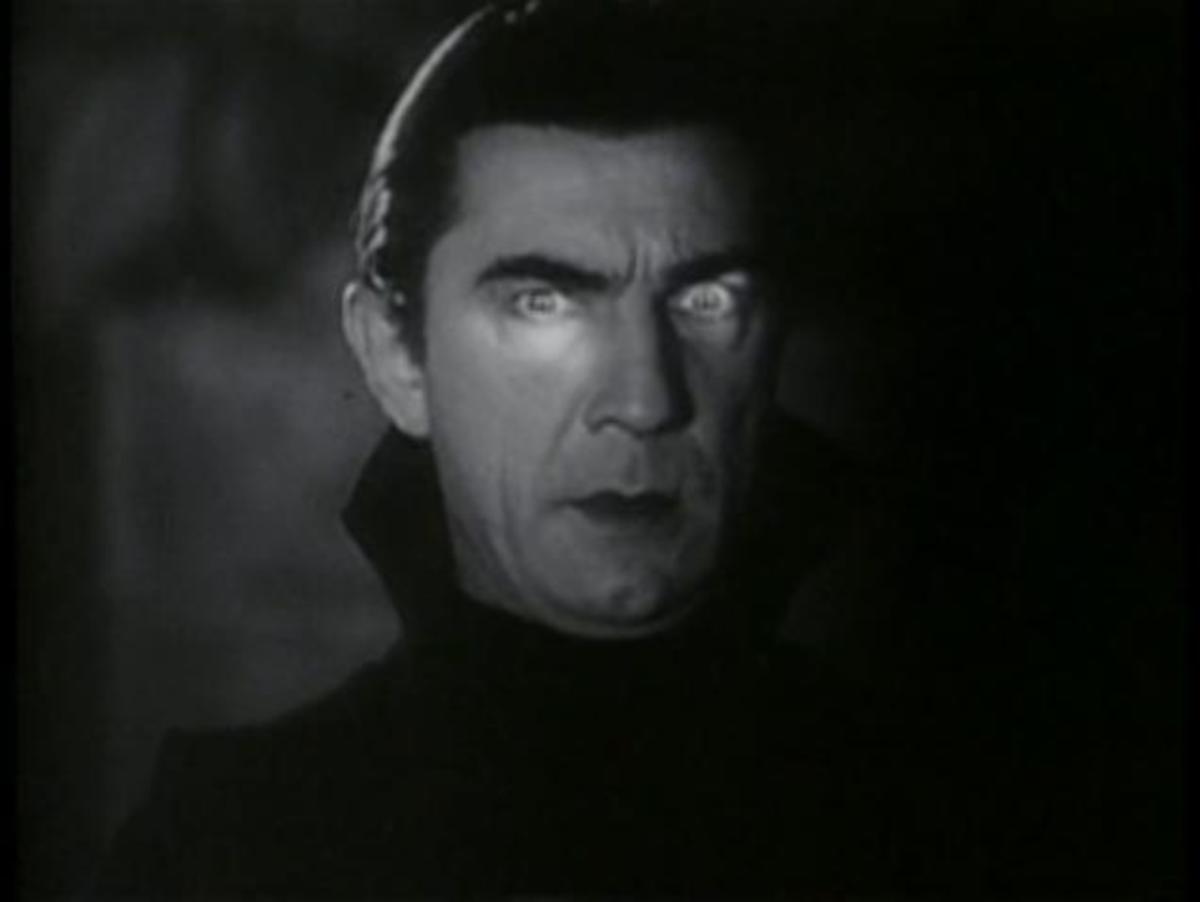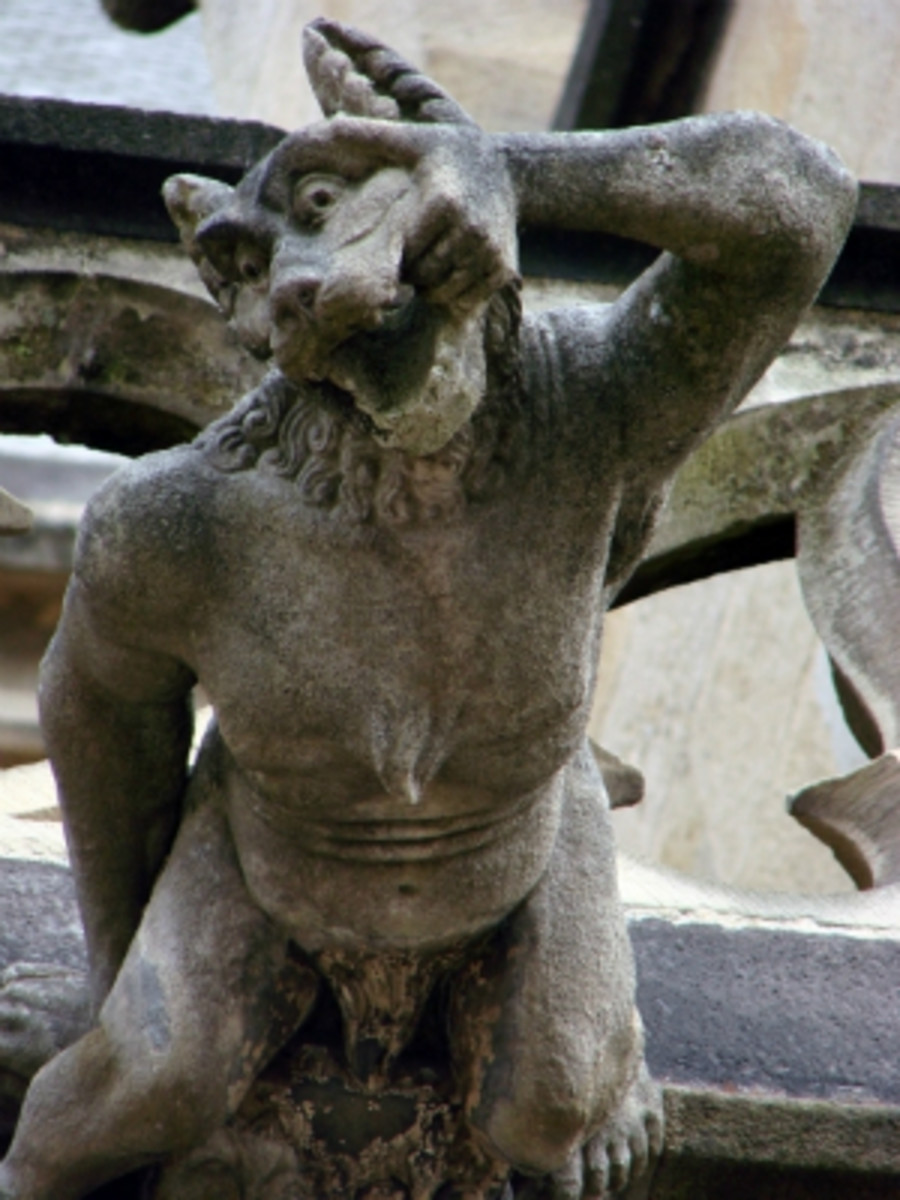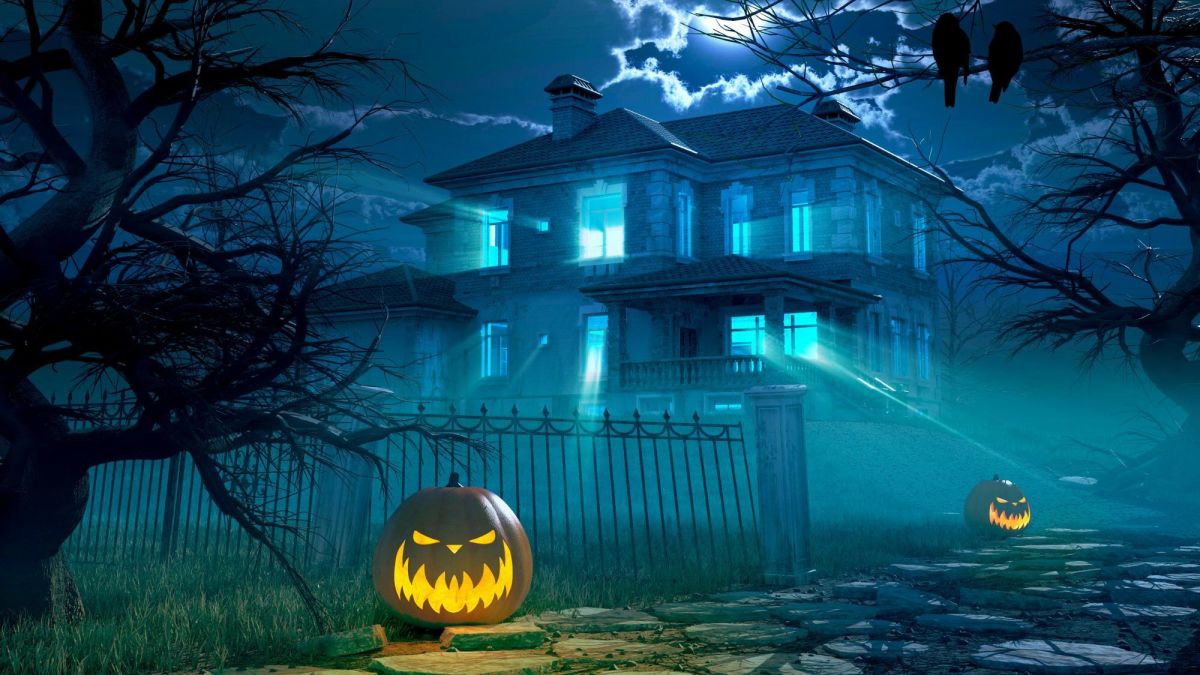Legend of the Werewolf
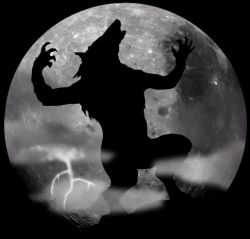
Where do the stories of Werewolves come from?
One of the most ancient and wide spread legends is that of the Werewolf.
Right up until the 20th century, wolf attacks on humans were a common feature of life in Europe, and wolves were the most feared predators for the ordinary villager. The image of the fearsome wolf was projected into folklore as an evil shape-shifter.
People believed in shape-shifters, just as they believed in witches. In the old days ignorance was rife and superstition reigned.
The Werewolf has roots in Europe
Later to spread across the world
The werewolf is a European phenomenon, although werewolf lore spread through the world as time went by.
Werewolves in European tradition were mostly evil men who terrorised people in the form of wolves on command of the Devil. This may have been an explanation for serial murderers, combined with superstitious tales of men changing into wolves with the full moon.
Shape-shifters, similar to werewolves, are common in tales from all over the world though most of them involve other animal forms.
The Original Werewolf?
In the ancient mythology of Greece, Lykaon was a King of Arkadia.
One dreadful day, (it is said), he slaughtered a child and served the infant up to Zeus.
Zeus was furious and overturning the table, destroyed the fifty sons of Lykaon with lightning-bolts, and turned the king into a wolf.
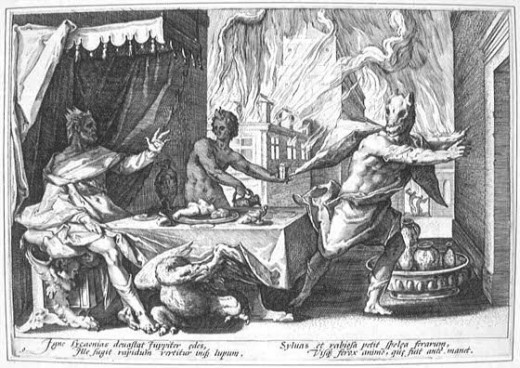
By using a magical wolf belt, anyone could turn into a wolf.
The Wolf Belt
Wear it and morph!
The Hessian farmer knows and fears the ravenous werewolf even today. This is a human whose shape has been transformed by putting on a wolf belt.
Karl Lyncker, Deutsche Sagen und Sitten in hessischen Gauen. 1854
Werewolves are common throughout all of Pomerania. One can transform oneself into a werewolf by girding oneself with a strap that has been cut from the back of a man who has been hanged.
J. D. H. Temme, Die Volkssagen von Pommern und Rugen. 1840
About sixty years ago in Alt-Marrin there lived a man by the name of Gust K. He too possessed a wolf strap, with which he brought about much damage and misery and slaughter of innocents.
F. Asmus and O. Knoop, Sagen und Erzahlungen aus dem Kreise Kolberg-Körlin. 1898
Classic Werewolf Literature

Because of this belief in shapeshifers, many people denounced as werewolves were burned to death.
We now know that two rare genetic diseases could have given rise to folktales about werewolves. One such disease is Porphyria, the other is Hypertrichosis.
Today, questions about werewolves are answered with medicine, not the stake,
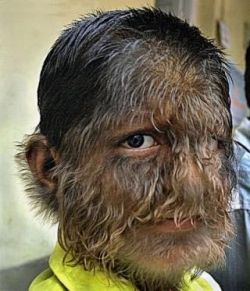
Hypertrichosis
The Werewolf Syndrome
Hypertrichosis is an unusual and very rare genetic condition which causes abnormal hair growth. It's easy to understand why this condition has been called Werewolf Syndrome.
The first recorded case of hypertrichosis was Petrus Gonzales of the Canary Islands, documented in 1648
Once, people with this condition were treated as freaks and placed in sideshows and circuses. Fortunately those days have long gone.
Pruthviraj Patil, a small boy from Bombay, is one of approximately fifty people in the world who suffer from hypertrichosis, The only parts of his body that are not covered with hair are the palms of his hands and soles of his feet.
Are you a Werewolf? - Better check and see
- Red hair
- Eyebrows which join in the middle
- The index and middle fingers are the same length
- Curved fingernails
- Low set ears
- Hairs on the palms of the hands
Petrus Gonzales - Severe Hypertrichosis
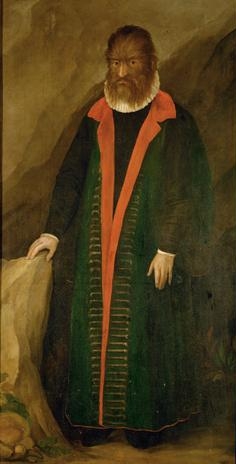
Play with Werewolves!
A small village is haunted by werewolves. Each player is secretly assigned a role - Werewolf or Villager - in a game which alternates between night and day phases.
At night, the Werewolves secretly choose a Villager to kill! In the day phase, the remaining Villagers deliberate on who may be a Werewolf and the chosen player is lynched.

© 2010 Susanna Duffy


